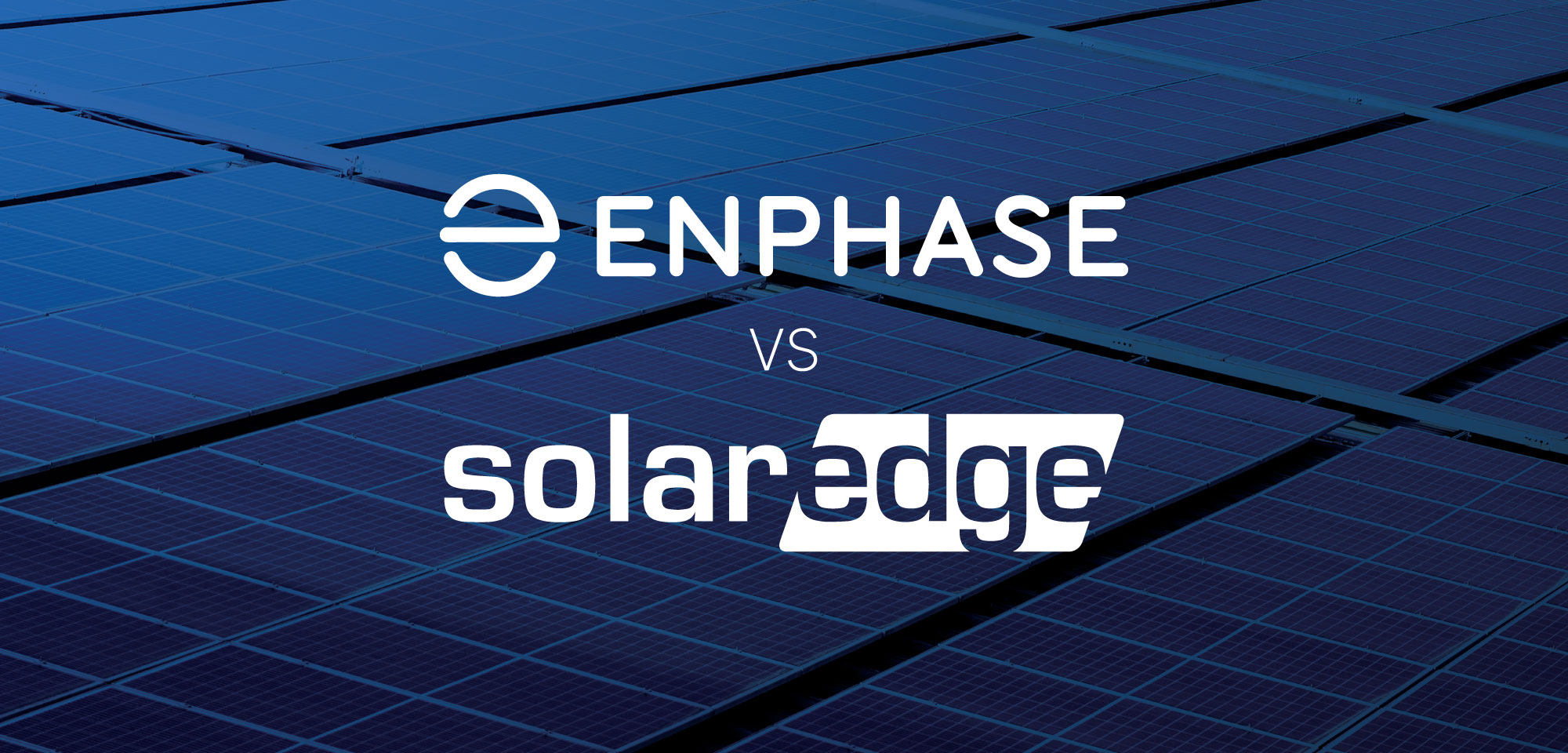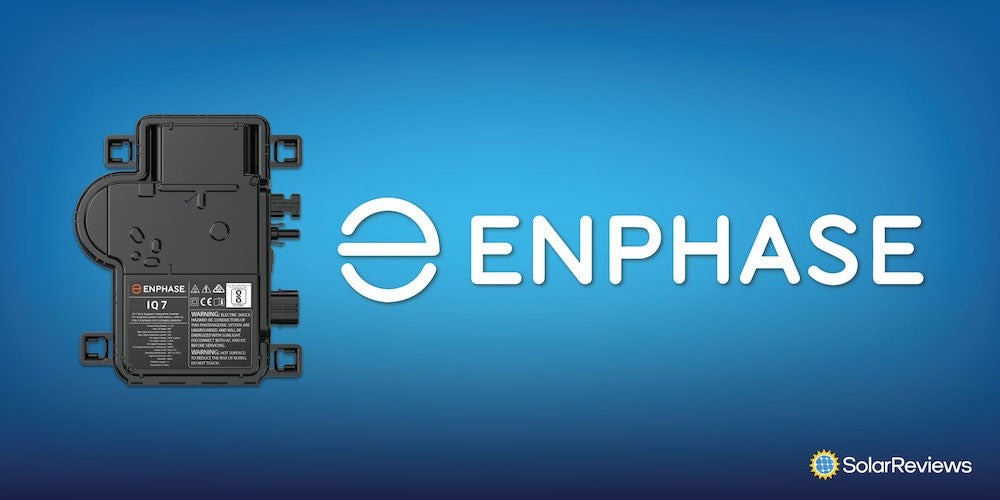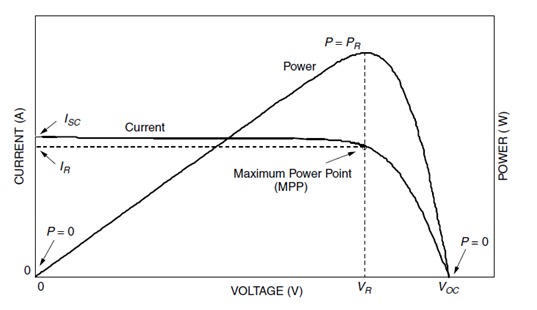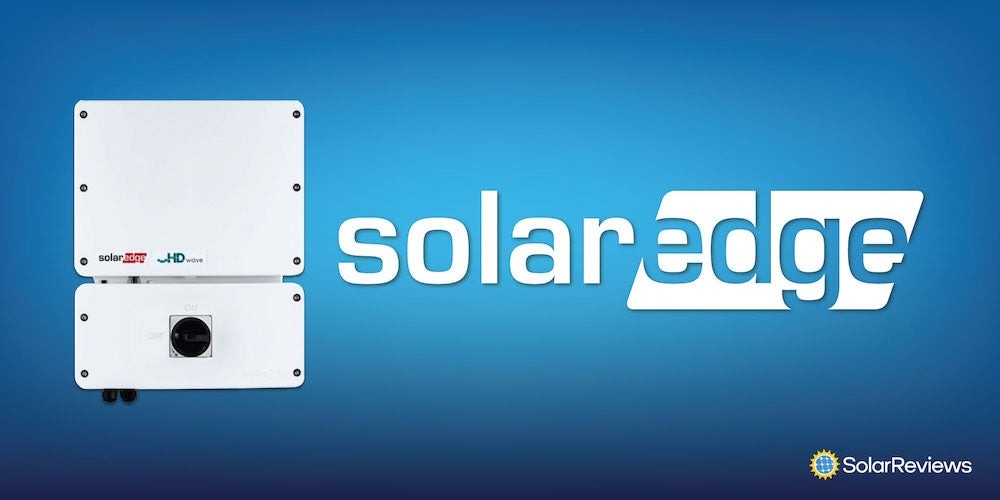Updated 1 year ago
Enphase vs. SolarEdge: which is the best choice for your home solar system?
Written by
Ben Zientara

Enphase and SolarEdge are the top two manufacturers of solar inverters in the world. When it comes to home solar in the United States, these two companies combine for over 90% market share.
Each of these brands has its rabid fans, but most solar installation companies can install both, which means you might get to choose between them.
The question is: which one should you choose, and is there one answer that fits all people?
Read on to find out!
Key takeaways
-
Enphase and SolarEdge make solar inverters, which convert the direct current power output of solar panels into alternating current for use in homes and businesses.
-
The Enphase solution is called microinverters, which fit behind each solar panel in an array and do the conversion before sending power to the home.
-
The SolarEdge solution is called a string inverter, which does the conversion in a single box mounted on a wall, with smaller boxes called power optimizers under each panel.
-
In general, we recommend Enphase products over SolarEdge, because more installers trust them, they are more user-friendly for owners, and they come with better warranty protection.
-
But there are a few reasons to choose SolarEdge, especially for installations that include a battery.
What is a solar inverter?
A solar inverter is one of the most important parts of a solar panel installation. Solar panels generate direct current (DC) electricity from the sun, but that needs to be converted to alternating current (AC) electricity to be used in our homes and the grid. Solar inverters do that.
The difference between Enphase and SolarEdge is the point in the system where the conversion happens.
How Enphase microinverters work

Enphase uses microinverters, which sit behind each solar panel and have a few functions: maximum power point tracking, DC/AC conversion, communication, and rapid shutdown.
First, the microinverters detect the output of the solar panel and determine the exact mix of voltage and current that will produce the most power. This number is called the maximum power point, or MPP. It is tracked many times each second by a process called maximum power point tracking, or MPPT.

Second, the microinverters convert the DC power to AC power. Every solar panel in an array will have a different MPP, and microinverters ensure that the conversion behind each panel happens at exactly the right MPP.
Third, the microinverters communicate via their AC power output. This provides the Enphase system with the ability to track the output of each microinverter at any given time and throughout the course of the day. The efficiency of most Enphase microinverters is between 96% and 97%. That’s pretty good!
Finally, the microinverters allow for rapid shutdown of the solar system. In the case of a power outage, the National Electrical Code (NEC) requires all grid-tied rooftop solar systems to shut down so they cannot send electricity over potentially damaged power lines. This protects utility workers from accidental electrocution.
Once the microinverters have performed their functions, their output is sent along wires to a combiner box and then connected to the home’s main AC panel. The power is either used to run the home’s appliances or sent to batteries or the grid.
There is one slight disadvantage to doing things this way: batteries can only store DC electricity, so the AC power sent from Enphase microinverters to batteries must be converted back to DC for storage and then converted again for use. The multiple conversions result in a small loss of energy.
Read more about Enphase microinverters.
How SolarEdge string inverters work

SolarEdge uses a string inverter with power optimizers. Like microinverters, power optimizers are located behind each panel and perform a few functions.
Power optimizers do the MPPT tracking and communicating with the main inverter and also act as rapid shutdown devices.
Unlike Enphase’s microinverters, SolarEdge’s power optimizers do not perform the DC-to-AC conversion. Instead, DC power is sent to the main inverter box, where it is converted to AC. Once the conversion is complete, the power can be sent to the home’s main AC panel for use.
Using these methods, the SolarEdge Home Hub inverter is over 99% efficient at converting DC power to AC. A secondary advantage of this single conversion is that DC power can be used to charge a solar battery, maintaining a high efficiency.
Read more about SolarEdge inverters.
Bottom line: which is better?
We know people hate it when they ask if one product or the other is better, and some expert says, “Well, it depends.” So we won’t do that.
For most solar installations, Enphase microinverters are better. Here are the reasons why we say that:
Enphase has a more user-friendly solar monitoring system
More solar installers like working with Enphase than SolarEdge
Installers say that Enphase products tend to experience fewer failures than SolarEdge
If one microinverter fails, you only lose one panel’s worth of output
Solar installations that use Enphase micros make it easier to add solar panels in the future
All Enphase microinverters come with a 25-year warranty, whereas SolarEdge inverters come with 12-year warranties that are sometimes extendable to 20 or 25 years – for a price
Yes, it’s true. Our survey of solar installers shows that more companies use Enphase, and more of them complain about problems with SolarEdge. In addition, we like how easy Enphase microinverters are to use after installation and how easy they are to get warranty repairs if needed.
On top of that, if one fails, you’ll only be down a couple of kilowatt-hours a day, whereas if a SolarEdge inverter fails, your whole system goes down.
Finally, if you only need 15 solar panels today and maybe plan on using solar to charge an EV in the future, you’ll probably need to expand your system to make more energy. With Enphase micros, that’s pretty easy.
On top of that, if one fails, you’ll only be down a couple of kilowatt-hours a day, whereas if a SolarEdge inverter fails, your whole system goes down.
Finally, if you only need 15 solar panels today and maybe plan on using solar to charge an EV in the future, you’ll probably need to expand your system to make more energy. With Enphase micros, that’s pretty easy.
If you were to want more solar and had a SolarEdge inverter, you may very well need to replace it with a model that can handle more power input. But a single Enphase Envoy combiner can handle up to 300 microinverters at a time. That’s huge.
But...
We didn’t say, “It depends,” but we do have a “but!” It’s important to note that SolarEdge does not make bad products, and there are some situations where they’re preferable.
When you need the absolute highest efficiency DC-to-AC conversion and/or want to have a DC-coupled solar battery installed, SolarEdge is the best. If you’re getting a new solar+battery installation and don’t plan on increasing the amount of solar you have in the next, say, 10 years or so, SolarEdge is great.
The newest SolarEdge inverters can handle batteries and EV charging, and their monitoring is improving. So, feel free to choose SolarEdge for these reasons. If you’ve received a good quote from an experienced solar installer with good reviews, who recommends SolarEdge and says they’ll stand by their work with a warranty, go for it.
Ben Zientara is a writer, researcher, and solar policy analyst who has written about the residential solar industry, the electric grid, and state utility policy since 2013. His early work included leading the team that produced the annual State Solar Power Rankings Report for the Solar Power Rocks website from 2015 to 2020. The rankings were utilized and referenced by a diverse mix of policymakers, advocacy groups, and media including The Center...
Learn more about Ben Zientara